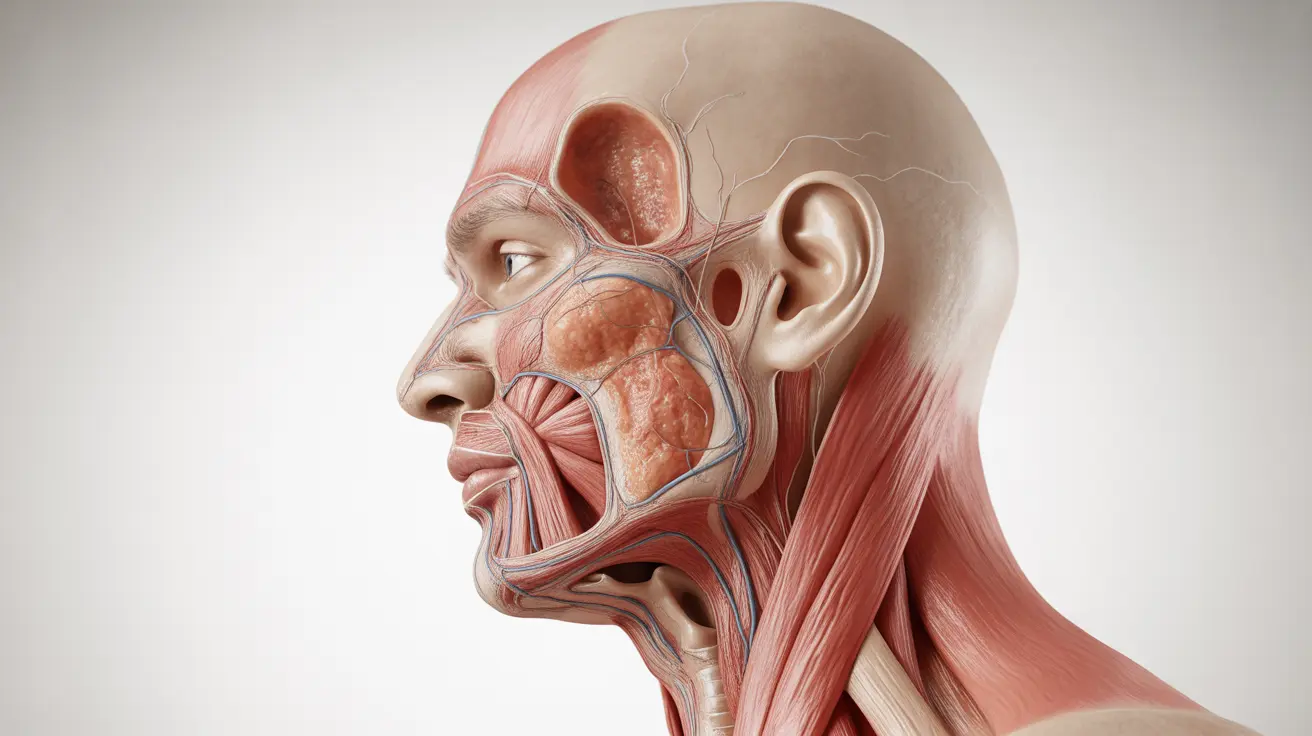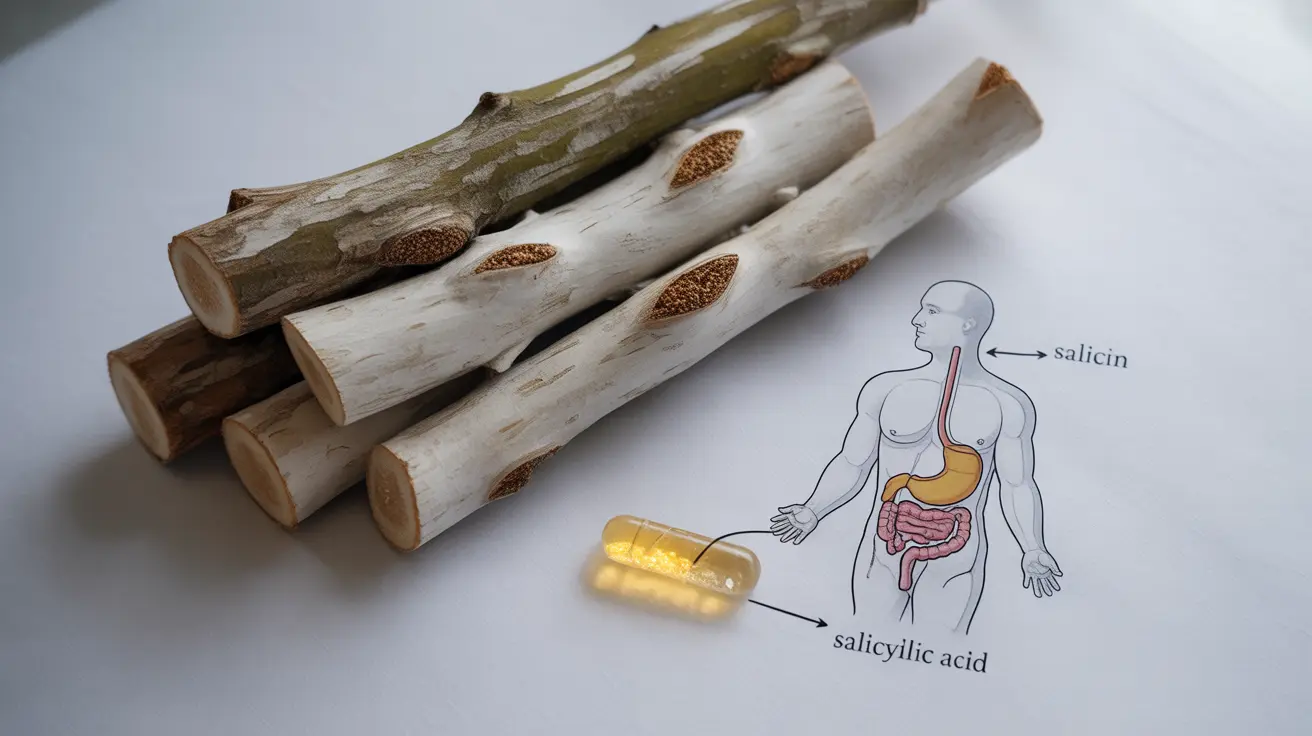Shoulder injuries can be debilitating, affecting our daily activities and quality of life. Whether you're recovering from surgery, dealing with a rotator cuff tear, or struggling with frozen shoulder, finding effective rehabilitation techniques is crucial. Enter Codman's pendulum exercises – a simple yet powerful method for improving shoulder mobility and reducing pain. In this comprehensive guide, we'll explore the benefits, techniques, and applications of these exercises in various shoulder conditions.
Developed by Dr. Ernest Amory Codman, a pioneering orthopedic surgeon, these exercises have become a cornerstone in shoulder rehabilitation. By understanding how to perform them correctly and when to incorporate them into your recovery plan, you can take significant steps towards regaining shoulder function and alleviating discomfort.
What Are Codman's Pendulum Exercises?
Codman's pendulum exercises, also known as pendulum swings, are a series of gentle, controlled movements designed to improve shoulder mobility and reduce pain. These exercises involve letting your arm hang freely while moving it in circular, swinging motions. The key principle behind these exercises is using gravity and momentum to create passive movement in the shoulder joint, which helps to:
- Increase range of motion
- Reduce stiffness and pain
- Promote blood flow to the affected area
- Gently stretch the shoulder muscles and tendons
These exercises are particularly beneficial in the early stages of rehabilitation when active shoulder movements might be too painful or restricted.
Benefits for Specific Shoulder Conditions
Rotator Cuff Tears
For patients with rotator cuff tears, Codman's exercises offer several benefits:
- Maintain shoulder mobility without straining the injured tendons
- Reduce the risk of adhesions forming in the joint
- Alleviate pain by promoting gentle movement
Frozen Shoulder (Adhesive Capsulitis)
In cases of frozen shoulder, these exercises can help:
- Gradually increase range of motion
- Break down adhesions in the shoulder capsule
- Reduce pain and stiffness over time
Proper Technique for Codman Pendulum Circles
Performing Codman's pendulum exercises correctly is crucial to avoid further injury and maximize benefits. Here's a step-by-step guide:
- Stand or sit next to a table or bed
- Lean forward and support your unaffected arm on the surface
- Let your affected arm hang freely, perpendicular to the ground
- Initiate a gentle swinging motion with your body, allowing your arm to move passively
- Progress through different patterns: circles, forward and backward swings, side-to-side movements
Remember to keep your shoulder muscles relaxed throughout the exercise. The movement should come from your body, not from actively moving your arm.
Applications for Other Shoulder Injuries
Shoulder Dislocations
After the initial recovery period, Codman's exercises can be beneficial for shoulder dislocations by:
- Gently reintroducing movement to the joint
- Reducing the risk of recurrent dislocations through improved muscle tone and joint stability
Collarbone Fractures
While caution is necessary, these exercises may help in the later stages of collarbone fracture recovery by:
- Preventing shoulder stiffness
- Maintaining range of motion in the surrounding joints
Always consult with your healthcare provider before starting any exercise regimen following an injury or surgery.
Frequency and Duration After Shoulder Surgery
The frequency and duration of Codman's pendulum exercises post-surgery can vary based on individual cases and surgeon recommendations. However, a general guideline often includes:
- Starting within the first few days after surgery, as pain allows
- Performing the exercises 3-5 times daily
- Gradually increasing duration from 30 seconds to 5 minutes per session
It's crucial to follow your surgeon's or physical therapist's specific instructions, as they will tailor the rehabilitation plan to your unique needs and recovery progress.
Frequently Asked Questions
- What are Codman's pendulum exercises, and how do they help with shoulder rehabilitation?
Codman's pendulum exercises are gentle, swinging motions performed with a relaxed arm to improve shoulder mobility and reduce pain. They help with rehabilitation by promoting passive movement in the shoulder joint, increasing blood flow, and gently stretching the muscles and tendons without putting stress on the injured area.
- How do pendulum exercises benefit patients with rotator cuff tears or frozen shoulder?
For rotator cuff tears, these exercises maintain mobility without straining the injured tendons and reduce the risk of adhesions. In frozen shoulder cases, they help increase range of motion, break down adhesions in the shoulder capsule, and gradually reduce pain and stiffness.
- What is the proper technique for performing Codman pendulum circles to avoid injury?
To perform Codman pendulum circles safely, lean forward supporting your unaffected arm, let the affected arm hang freely, and use body movement to initiate gentle swinging motions. Keep shoulder muscles relaxed and avoid actively moving the arm. Progress through circular, forward-backward, and side-to-side patterns.
- Can pendulum exercises be used to relieve pain from shoulder dislocations or collarbone fractures?
Pendulum exercises can be beneficial for shoulder dislocations and collarbone fractures in later stages of recovery. They help reintroduce movement gently, prevent stiffness, and maintain range of motion. However, it's crucial to consult with a healthcare provider before starting these exercises following such injuries.
- How often should Codman pendulum exercises be performed after shoulder surgery to promote healing?
Post-surgery, Codman's exercises are typically started within the first few days, as pain allows. They are often performed 3-5 times daily, gradually increasing from 30 seconds to 5 minutes per session. However, always follow your surgeon's or physical therapist's specific instructions for your individual recovery plan.
By incorporating Codman's pendulum exercises into your shoulder rehabilitation program under professional guidance, you can take significant steps towards regaining mobility, reducing pain, and improving your overall shoulder health. Remember, consistency and proper technique are key to maximizing the benefits of these simple yet effective exercises.




